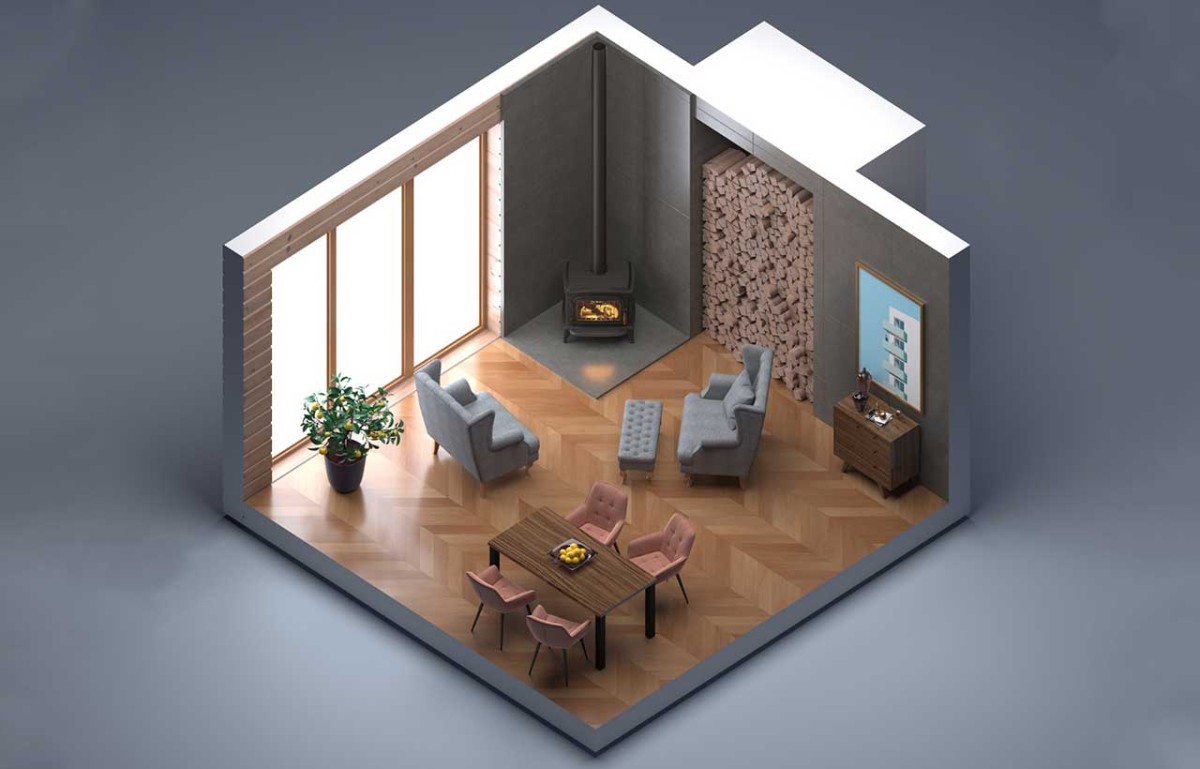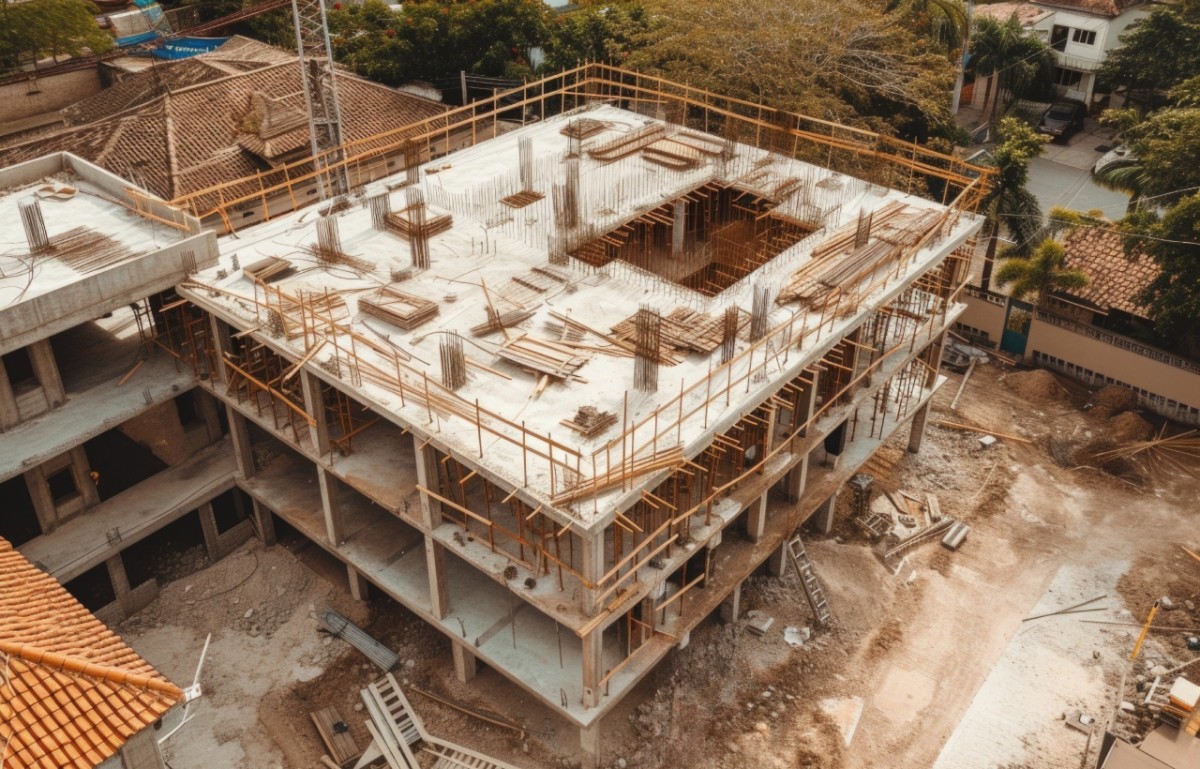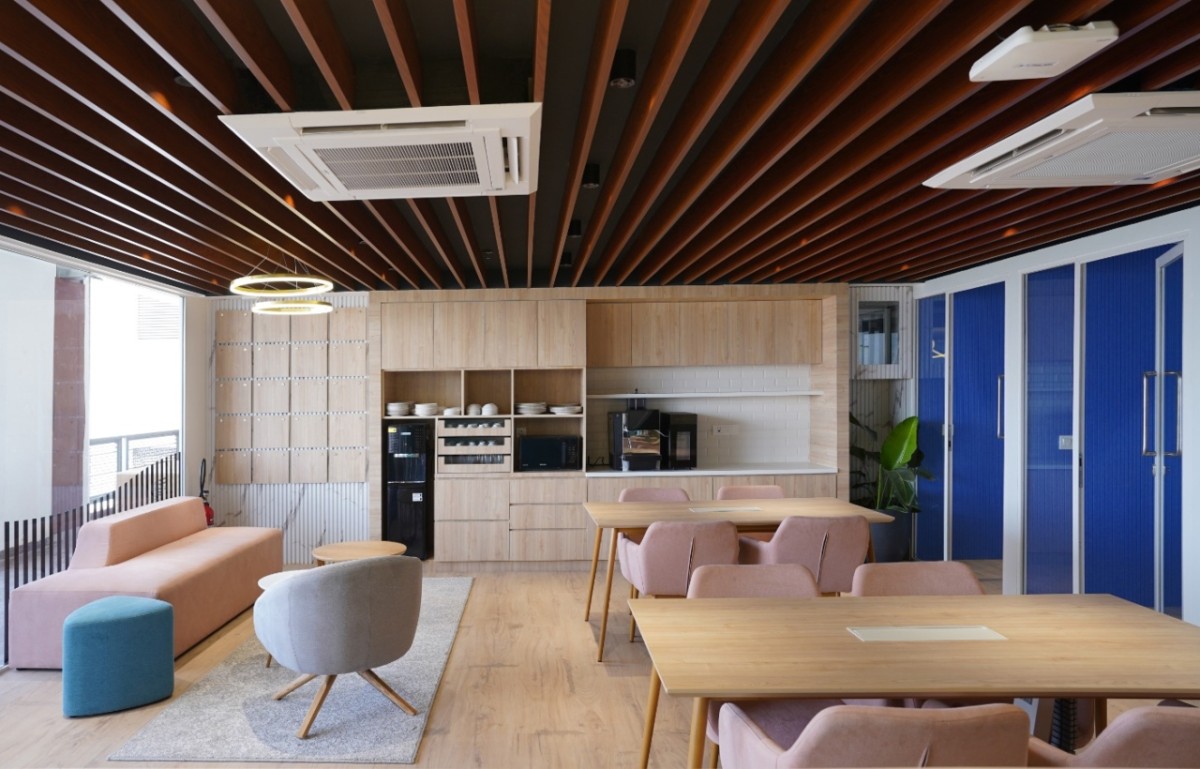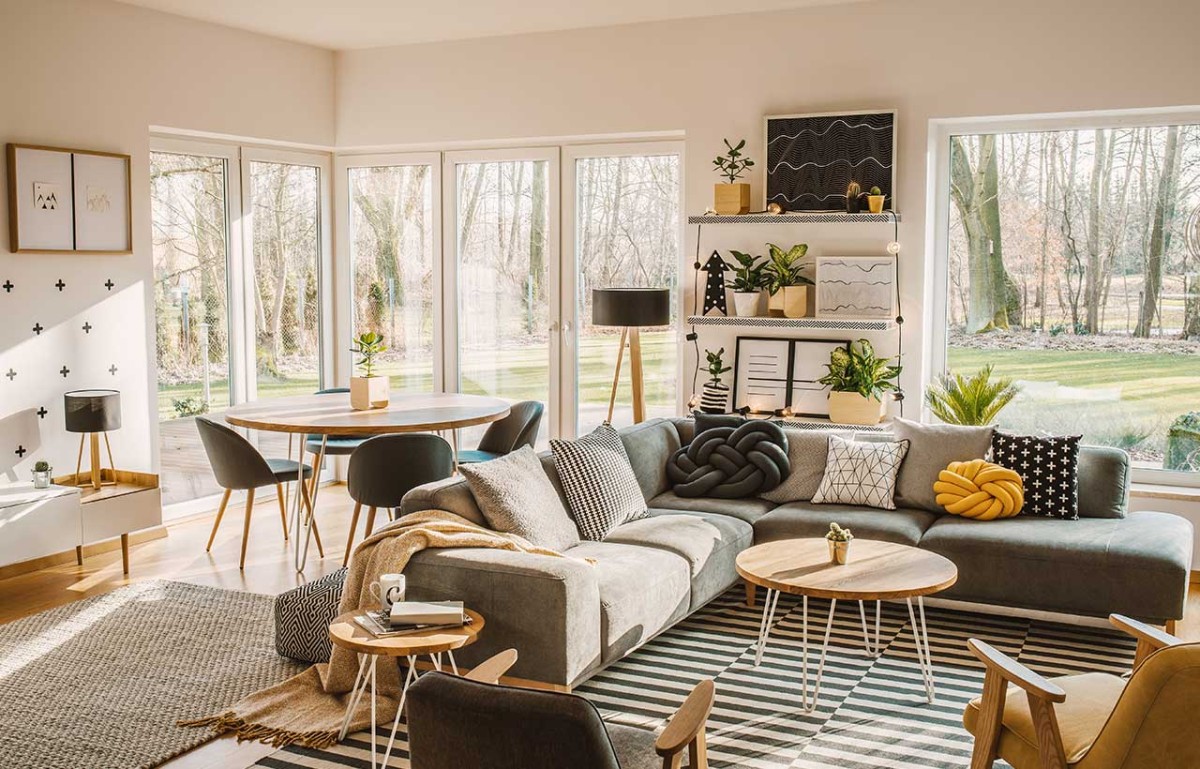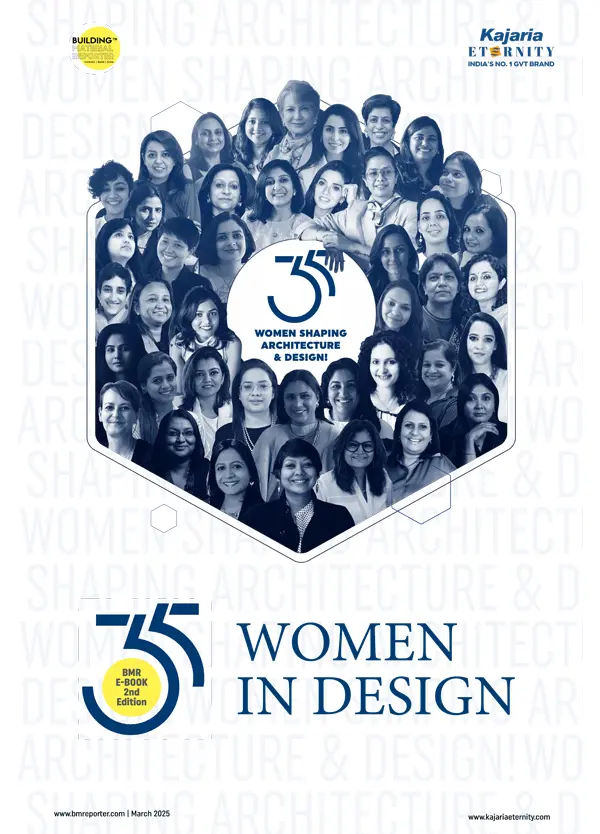Forecasting 2024 - Trends in Construction You Need to Know
- January 9, 2024
- By: Editorial Team
- INFLUENCERS
.jpg) The year 2024 has the potential to be a historic year as new trends beginning to catch on and creating long-term, steady growth for the industry. Ensuring longevity for their projects, contractors and builders are doing everything in their capacity from incorporating prefab and modular techniques to making the full use of green building concepts and industrialised construction.
The year 2024 has the potential to be a historic year as new trends beginning to catch on and creating long-term, steady growth for the industry. Ensuring longevity for their projects, contractors and builders are doing everything in their capacity from incorporating prefab and modular techniques to making the full use of green building concepts and industrialised construction.
The increase in housing demand, and planned public infrastructure investments, is making way for multiple lucrative opportunities. Therefore, in order fully bank these opportunities, companies need some serious strategic plans to tackle pressing challenges like delays, cost overruns, skilled labour shortages, and regulatory hurdles.
Several emerging trends are reshaping the industry, from the decentralisation of projects beyond major urban centres to the growing influence of digitisation and automation. We can explore these crucial trends alongside market forecasts, on-ground realities, and the direction the sector is heading. Together, they offer valuable insight into whether 2024 will be the year the construction industry finally unlocks its full potential.
Getting Around in the Age of Sustainable Building: The vast domain of construction management has sparked numerous changes within the construction industry. Today, everyone is talking about sustainability with a growing emphasis on building resilient infrastructure. Construction trends in India are constantly evolving to meet the pressing need for buildings and structures that can withstand the climatic and weather-related challenges such as natural disasters.
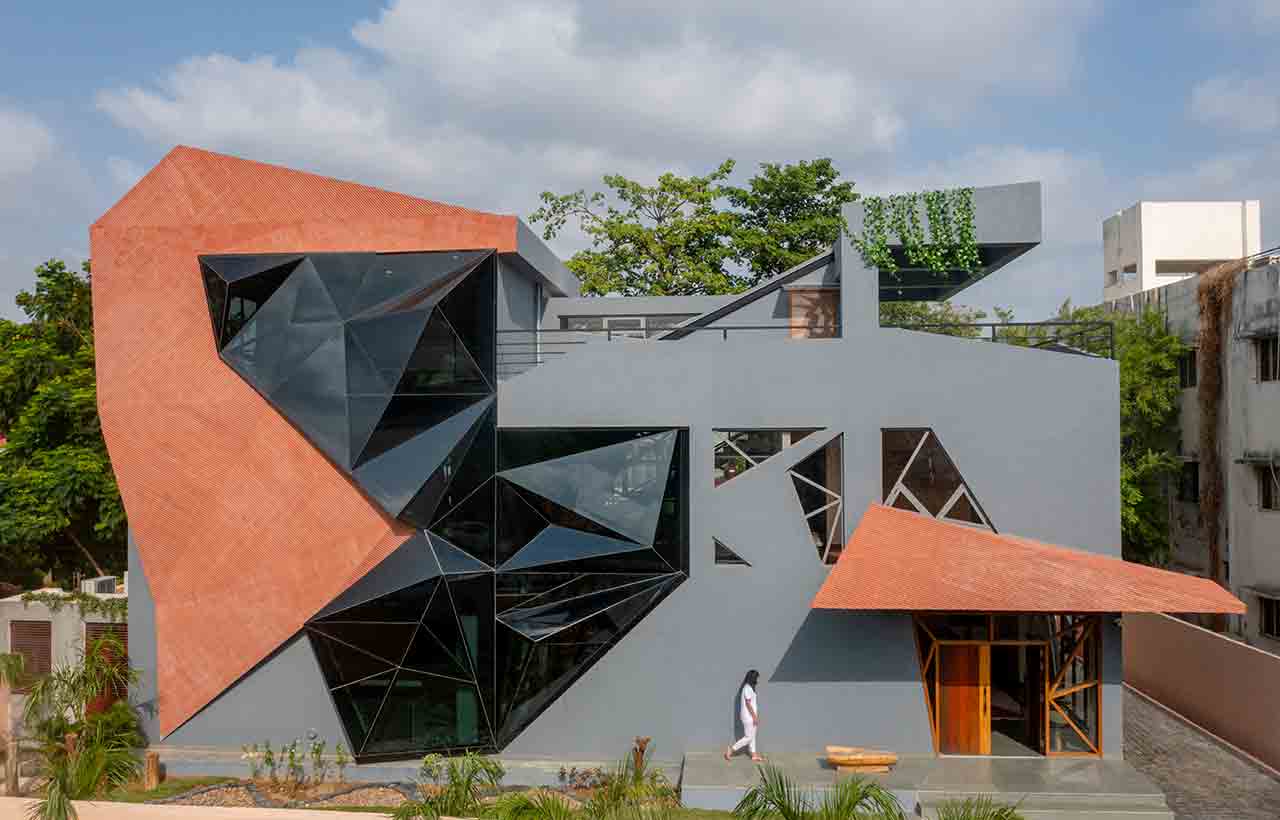 2024 is expected to witness a significant shift towards green building practices which about creating structures that are not just strong but also environment friendly. More companies are likely to include eco-friendly supplies, energy conscious designs, and waste-reduction plans. Apart from the eco-friendly advantages, green buildings bring long term cost savings, which can create a buzz among the growing base of eco-conscious consumers. The only disadvantage is that sustainable materials and techniques are mostly on the higher cost as compared to the traditional alternatives.
2024 is expected to witness a significant shift towards green building practices which about creating structures that are not just strong but also environment friendly. More companies are likely to include eco-friendly supplies, energy conscious designs, and waste-reduction plans. Apart from the eco-friendly advantages, green buildings bring long term cost savings, which can create a buzz among the growing base of eco-conscious consumers. The only disadvantage is that sustainable materials and techniques are mostly on the higher cost as compared to the traditional alternatives.
Playing in The Digital World: Technology is no longer just an aid, it’s the driving force behind the construction industry’s digital transformation, with significant data underscoring this shift. AI has now entered the construction business and how. It is estimated to rise at a CAGR of 24.31%, increasing from USD 3.21 billion in 2023 to USD 9.53 billion by 2028. This expected growth rate sheds light on the industry’s evolving perspective on technology.
 India's traditional construction industry is undergoing rapid change as a result of advancements in technology, for example 3D printing, AI, and IoT. For example, every part of construction is changing, planning, live project management, or automatic building. It is anticipated that in 2024 generative AI will play a significant role especially in planning. Furthermore, 3D printing is paving the way in new approaches to both design and construction. Technology will continue to automate each part of the process with conventional tools being developed into a thing of the past. Artificial intelligence is assisting the construction process, however, in the coming few years it will take the lead.
India's traditional construction industry is undergoing rapid change as a result of advancements in technology, for example 3D printing, AI, and IoT. For example, every part of construction is changing, planning, live project management, or automatic building. It is anticipated that in 2024 generative AI will play a significant role especially in planning. Furthermore, 3D printing is paving the way in new approaches to both design and construction. Technology will continue to automate each part of the process with conventional tools being developed into a thing of the past. Artificial intelligence is assisting the construction process, however, in the coming few years it will take the lead.
Resilient Design: Resilient architecture has undoubtedly become a feature of the design/studio/new knowledge landscape within construction. Referring to changing climatic patterns and the strange and abnormal weather for example the UK has experienced including lots of very strong storms, resilient design refers to new engineered buildings placed into the land for weather stresses. In addition to earthquake risk, buildings are not just made to be tall, but to withstand adverse conditions.
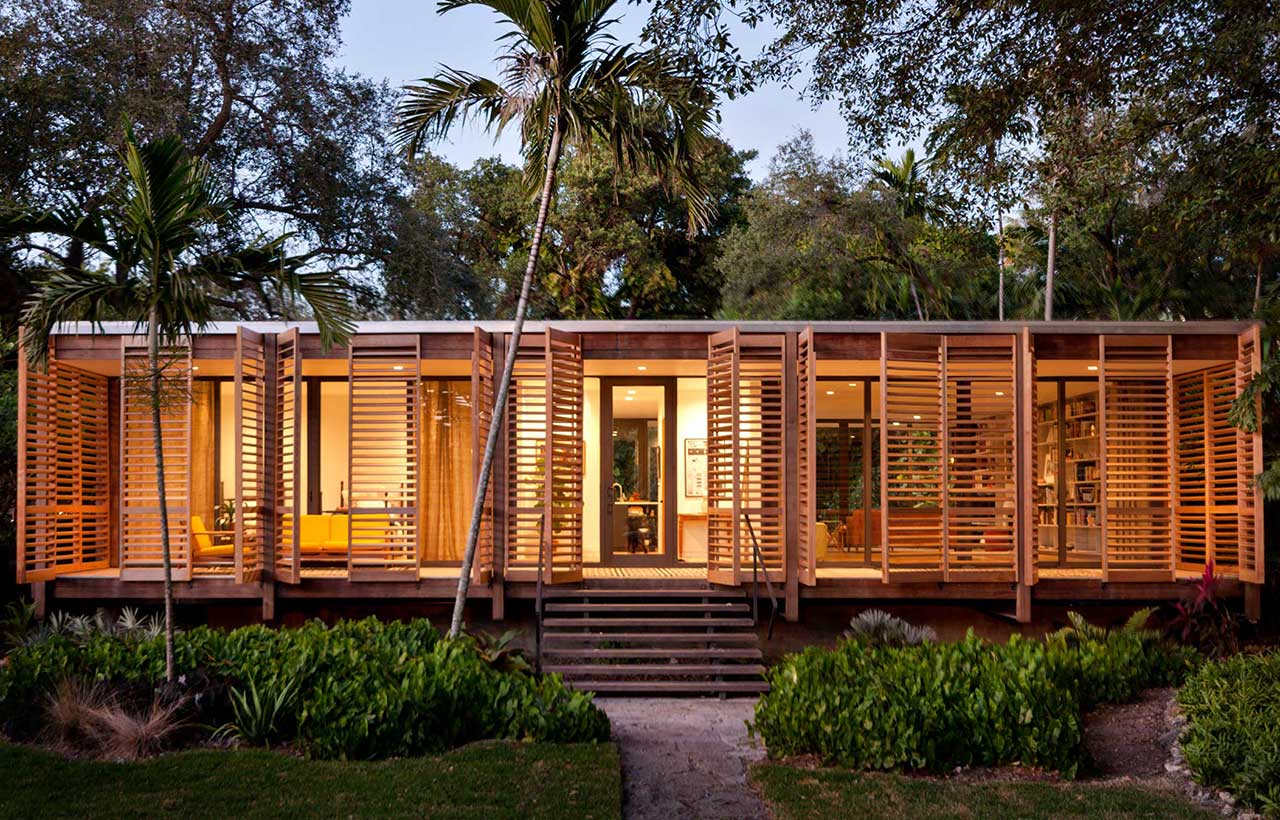 Improving the Human Centric Enforcement: The construction industry is transitioning in the way it defines workforce engagement, with creative methods and emphasis on worker health taking shape alongside quickly evolving technology. Rather than just reacting to the ongoing problem of labour shortages, the industry is trying to be creative. Innovative hiring methods to attract a diverse workforce are starting to gain traction, and forming partnerships with schools and training centres is a point of growth for the industry. These efforts not only solve some of the talent challenges facing the industry now, while providing a pipeline of skilled workers for the future, but also strengthens the sustainability of the industry.
Improving the Human Centric Enforcement: The construction industry is transitioning in the way it defines workforce engagement, with creative methods and emphasis on worker health taking shape alongside quickly evolving technology. Rather than just reacting to the ongoing problem of labour shortages, the industry is trying to be creative. Innovative hiring methods to attract a diverse workforce are starting to gain traction, and forming partnerships with schools and training centres is a point of growth for the industry. These efforts not only solve some of the talent challenges facing the industry now, while providing a pipeline of skilled workers for the future, but also strengthens the sustainability of the industry.
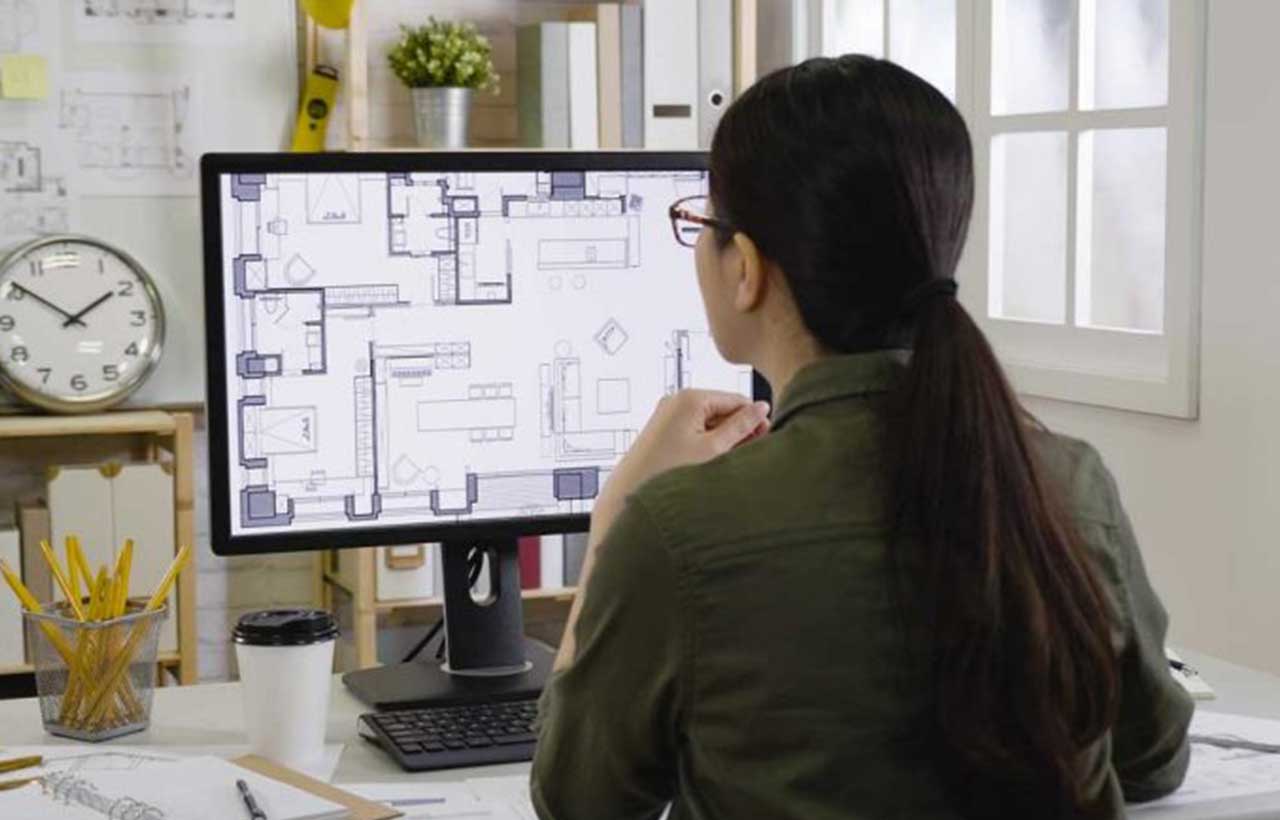 As the shifting demands of the industry continue to evolve, upskilling programs are expanding in the scope and access to training content. A noteworthy data point illustrates the importance of this progression: a recent industry report shows a 30% increase in la participation rate over the last two years. This trend of furthering skill development through learning is being acknowledged by construction professionals to help build potential success moving forward, and that learning will be a crucial component of staying ahead of a rapidly evolving industry.
As the shifting demands of the industry continue to evolve, upskilling programs are expanding in the scope and access to training content. A noteworthy data point illustrates the importance of this progression: a recent industry report shows a 30% increase in la participation rate over the last two years. This trend of furthering skill development through learning is being acknowledged by construction professionals to help build potential success moving forward, and that learning will be a crucial component of staying ahead of a rapidly evolving industry.
Prefabricated Construction Methods: Prefabrication and modular building methods are becoming more popular as methods used save time and expense. Creating parts of buildings off-site and assembling them and creating prefabricated building components can save significant time on building schedules and with materials wasted. While prefabrication creates a lot of efficiencies it also has its challenges and some defects may still need improvements before they meet the quality standards intended.
In urban environments, where reduced disruption and efficient construction are paramount, the movement towards prefabrication is very positive.
.jpeg) The data, innovations and developments emerging from these latest building trends show the construction industry is not just evolving, but, tells a wider story related to positive growth, adaptability, and a collective vision for a vibrant, sustainable future. In this time of construction renaissance, the industry is creating a legacy that lasts, distinguished by innovation, resilience, and a people-centered approach and one that will affect the built environment for the future generations.
The data, innovations and developments emerging from these latest building trends show the construction industry is not just evolving, but, tells a wider story related to positive growth, adaptability, and a collective vision for a vibrant, sustainable future. In this time of construction renaissance, the industry is creating a legacy that lasts, distinguished by innovation, resilience, and a people-centered approach and one that will affect the built environment for the future generations.
Building Material Reporter believes in serving the best! Stay tuned with us for more ideas related to home decor, design, architecture and construction materials in the industry.


